Haworthia coarctata succulent live plant
₹149.00
Out of stock
Email when stock available
cientific Name
Haworthia coarctata Haw.
Synonyms
Aloe coarctata, Apicra bicarinata, Catevala coarctata, Haworthia coarctata var. coarctata, Haworthia reinwardtii subsp. coarctata, Haworthia reinwardtii var. coarctata, Haworthiopsis coarctata
Description
Haworthia coarctata is a succulent plant up to 8 inches (20 cm) tall and it grows in large clumps in its natural habitat, with long stems packed with robust succulent leaves. It is normally dark green but sometimes acquires a rich purple-red when in full sunlight. It is frequently confused with Haworthia reinwardtii. However H. coarctata has smaller, smoother and rounder tubercles on its leaves (those of H. reinwardtii are sometimes larger, flatter and whiter). H. coarctata also usually has much wider, fatter leaves. Anytime from late spring to fall, the largest, most mature rosettes produce up to 12 inches (30 cm) long, whip-like flower stems. Tiny greenish-white, tubular flowers occur on the stems high above the foliage.
How to Grow and Care
Haworthia are not considered difficult houseplants to grow—if you can keep a pot of aloe alive on a windowsill, chances are you can do the same with a dish of Haworthia. As with all succulents, the most dangerous situation is too much water—they should never be allowed to sit in water under any circumstances. At the same time, these decorative little plants can be grown in interesting containers such as tea cups and even miniature baby shoes.
If you’re given a Haworthia in such a container, make sure the container had adequate drainage. If it doesn’t, it might be a good idea to pop the plant out of its container and add a layer of gravel to the bottom to reduce the wicking action of the soil above. Finally, look out for sunburned spots on your plants.
Haworthia are small (usually remaining between 3 inches (7.5 cm) and 5 (12.5 cm) inches in height) and relatively slow-growing. They are often grown in small clusters in wide, shallow dishes. Over time, clusters will naturally enlarge as the mother plant sends off small plantlets. When the cluster has outgrown its dish, repot in the spring or early summer into a new wide and shallow dish with fresh potting soil
Be the first to review “Haworthia coarctata succulent live plant” Cancel reply
You must be logged in to post a review.



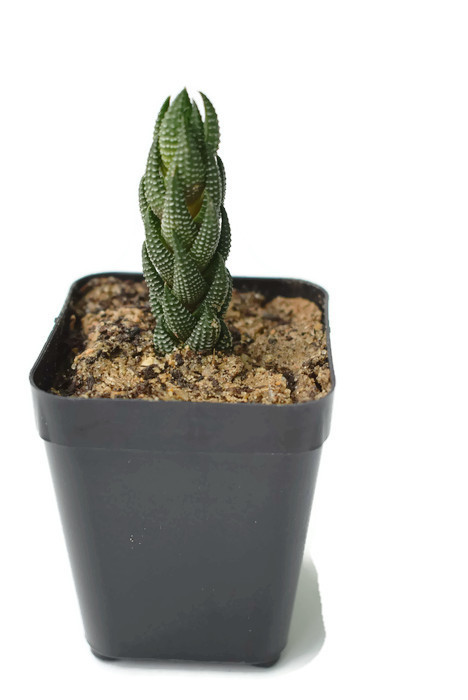

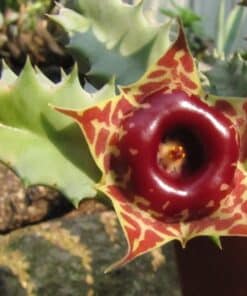

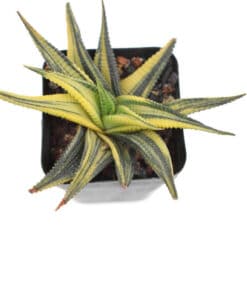
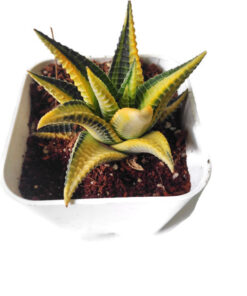
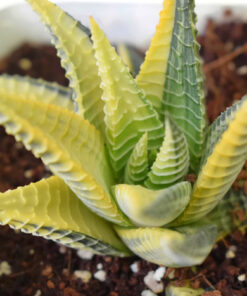
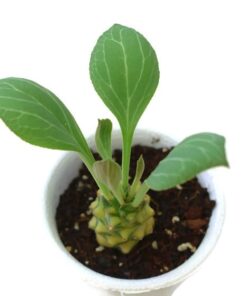
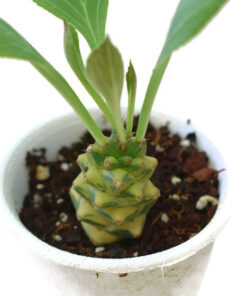
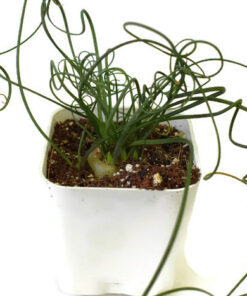


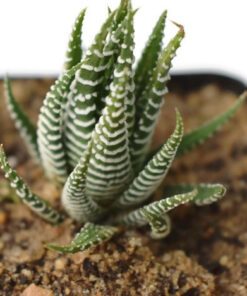
Reviews
There are no reviews yet.